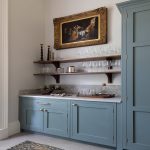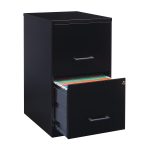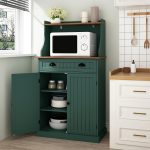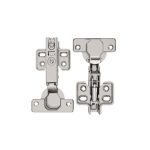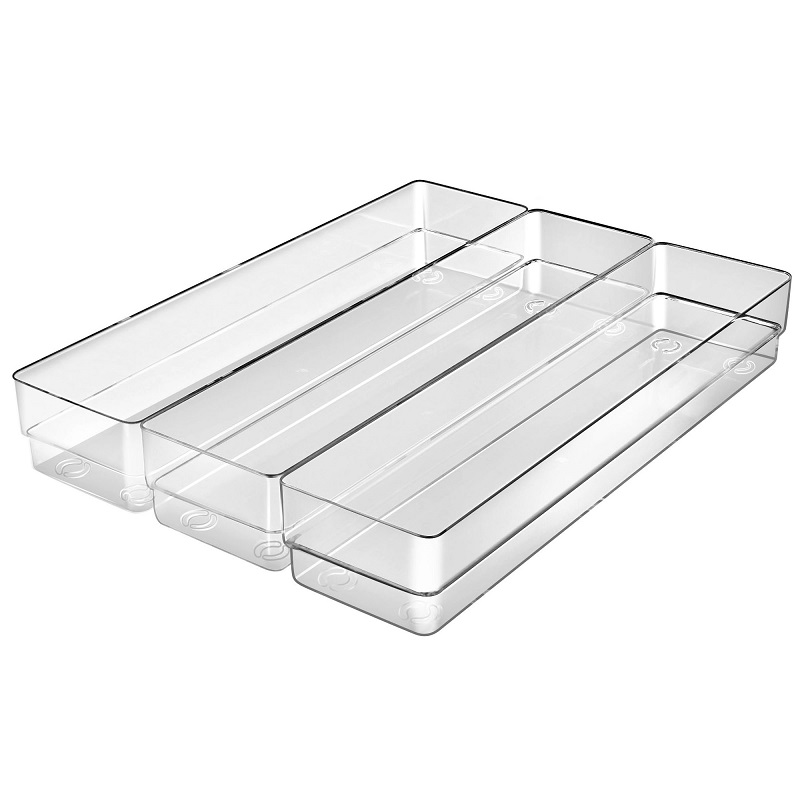Introduction: The Importance of Furniture Rental for Home Staging
Home staging is a crucial step in the process of selling a home, as it allows sellers to showcase their property in its best possible light and attract potential buyers. Furniture rental for home staging plays a significant role in this process, providing sellers with access to stylish and appealing furnishings that can transform empty or outdated spaces into inviting and aspirational environments. In this comprehensive guide, we’ll explore the various factors to consider when choosing furniture rental for home staging, helping sellers make informed decisions that maximize the visual appeal and marketability of their properties.

Assess Your Staging Needs and Goals
Before embarking on the furniture rental process, it’s essential to assess your staging needs and goals for the property. Consider factors such as the property’s size, layout, architectural style, and target demographic to determine the type of furniture and staging design that will best appeal to potential buyers. Are you staging a small urban condo or a spacious suburban home? Are you targeting young professionals, families, or empty nesters? By defining your staging objectives upfront, you can tailor your furniture rental selections to create staging designs that resonate with your target audience and showcase the property’s unique features and selling points.
Establish a Budget and Prioritize Investments
Setting a budget for furniture rental is crucial to ensure that staging expenses remain within manageable limits while still achieving your desired staging outcomes. Determine how much you’re willing to invest in furniture rental based on factors such as the property’s value, market conditions, and expected return on investment. Prioritize investments in key areas of the home, such as the living room, dining room, and master bedroom, where staging can have the greatest impact on buyer perception and valuation. Allocate funds strategically to rent high-quality, visually appealing furniture pieces that enhance the overall presentation and desirability of the property.
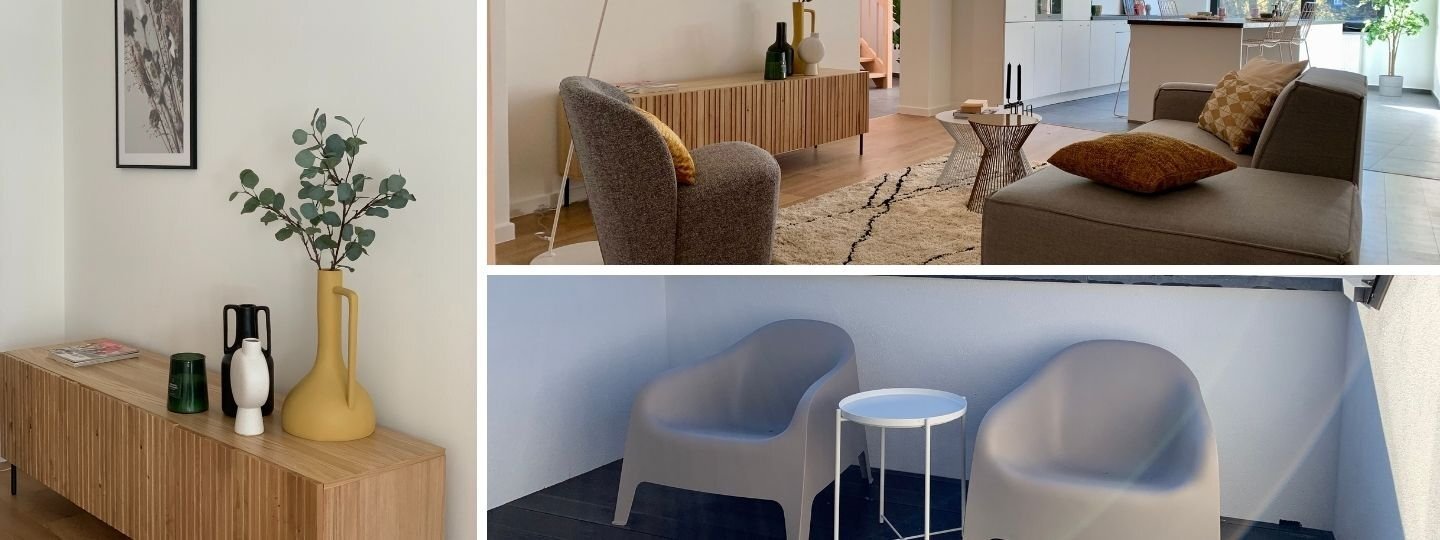
Research and Compare Furniture Rental Companies
When choosing a furniture rental company for home staging, it’s essential to research and compare your options to find a reputable and reliable provider that meets your needs and budget. Start by compiling a list of furniture rental companies in your area and researching their offerings, pricing, delivery options, and customer reviews. Look for companies with a track record of delivering quality furniture and excellent customer service, as well as transparent pricing and flexible rental terms. Reach out to multiple companies to request quotes and compare pricing, terms, and available inventory to ensure that you’re getting the best value for your money.
Consider Furniture Styles and Trends
When selecting furniture for home staging, it’s important to consider current design trends and the preferences of your target demographic. Choose furniture pieces that are stylish, modern, and on-trend, as this will help create a contemporary and aspirational atmosphere that appeals to potential buyers. Pay attention to popular color palettes, materials, and finishes, and select furniture pieces that complement the property’s aesthetic and architectural style. Additionally, consider the scale and proportion of furniture pieces relative to the size of each room to ensure a balanced and harmonious staging design.
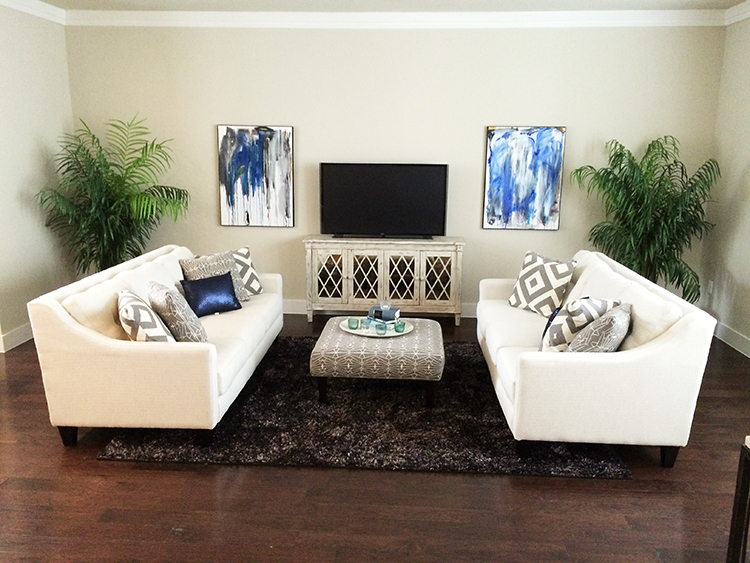
Optimize Space and Functionality
Maximizing space and functionality is essential when staging a home, especially in smaller or awkwardly shaped rooms. Choose furniture pieces that are appropriately sized for each room and arrange them in a way that creates natural traffic flow and highlights the property’s key selling points. Look for multifunctional furniture pieces, such as sleeper sofas, extendable dining tables, and storage ottomans, that serve dual purposes and help maximize space efficiency. By optimizing space and functionality, you can create inviting and livable environments that resonate with potential buyers and showcase the property’s full potential.
Coordinate with Staging Professionals
If you’re unsure about the furniture rental process or need assistance with staging design, consider working with staging professionals who can provide guidance and expertise throughout the process. Professional stagers have the knowledge, experience, and resources to create compelling staging designs that enhance the marketability and perceived value of the property. They can help you select the right furniture pieces, arrange them in a way that highlights the property’s best features, and create cohesive and inviting staging designs that appeal to potential buyers. Additionally, staging professionals often have relationships with furniture rental companies and can negotiate favorable pricing and terms on your behalf, saving you time and money in the long run.

Coordinate Delivery and Installation
Once you’ve selected your furniture rental pieces, coordinate delivery and installation with the rental company to ensure a smooth and seamless staging process. Provide detailed instructions and access information to the rental company to facilitate efficient delivery and setup of the rented furniture pieces. Coordinate delivery dates and times with your staging timeline and property access requirements, and be prepared to accommodate any last-minute changes or adjustments. Additionally, consider scheduling a walkthrough with the rental company to inspect the rented furniture pieces upon delivery and address any issues or concerns promptly.
Monitor and Adjust as Needed
Throughout the staging process, it’s essential to monitor the effectiveness of your staging design and make adjustments as needed to optimize the presentation and appeal of the property. Solicit feedback from real estate agents, potential buyers, and staging professionals to gauge the impact of the staged furniture on buyer perception and interest levels. If certain furniture pieces or arrangements aren’t resonating with buyers, be prepared to make changes or substitutions to better align with buyer preferences and market trends. Staying proactive and responsive to feedback allows you to continually refine and improve the staging design, increasing the likelihood of a successful sale.
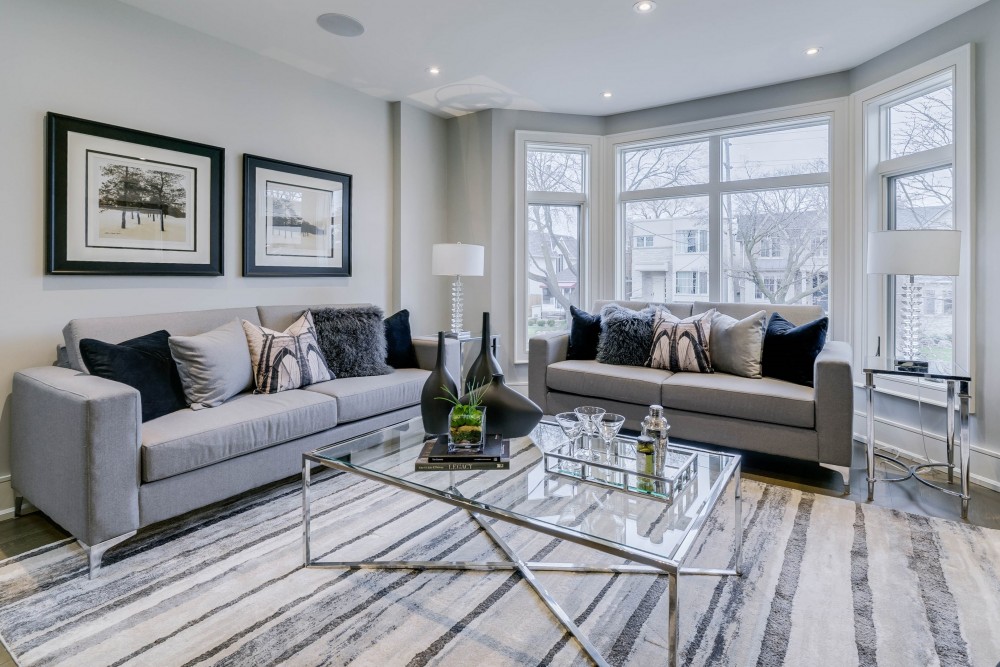
Conclusion: Elevating Your Staging Efforts with Furniture Rental
In conclusion, choosing furniture rental for home staging requires careful consideration of your staging needs, goals, budget, and target demographic. By assessing your staging objectives upfront, researching and comparing furniture rental companies, considering furniture styles and trends, optimizing space and functionality, coordinating with staging professionals, and monitoring and adjusting your staging design as needed, you can create compelling staging designs that enhance the marketability and perceived value of your property. With strategic planning, thoughtful execution, and attention to detail, furniture rental becomes a valuable tool in your staging toolkit, helping you attract more buyers, command higher offers, and achieve a faster and more lucrative sale.

